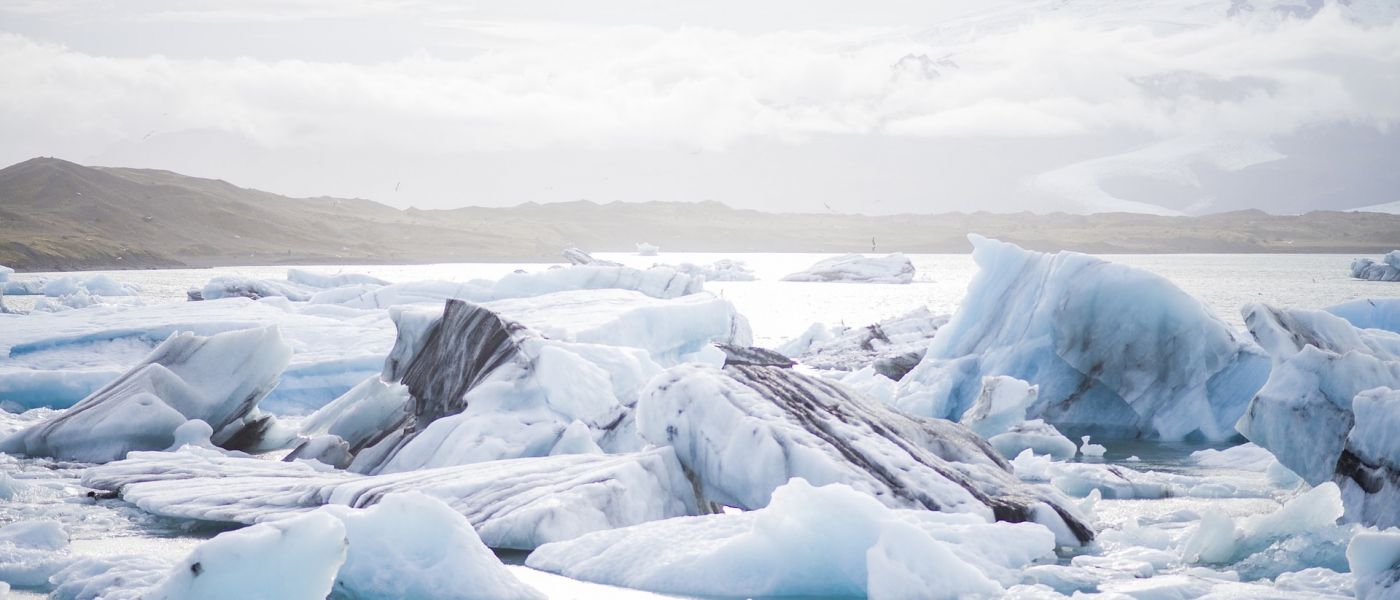
In Antarctica, a fleet of seven drones will embark on a year-long mission under the ice. If they survive, the data they collect could drastically improve predictions of future ice melting and sea level rises.
As sea levels rise and the need to understand our changing planet grows more serious, we come to face the mysteries of the Antarctic shelves, which hide below them a secret world. Beneath these massive shelves rests glorious caves and canyons, continually carved away by moving, melting water. Ice cracks and tide flow through and tug at its edges, warm and cool water mixing together in this underwater world that exists below as ridges of ice catch on the seabed below. Into this terrestrial, alien environment, seven underwater robots will dive and explore in a new effort to predict sea level rises.
Created by the University of Washington (U.W.) in Seattle, these bots will spend a year observing the melting process under the Pine Island Ice Shelf, a region spanning over 50 square miles, so that scientists might better predict the future of these ice shelves. Because the physics of these unique locations is fairly convoluted, there has been a persisting difficulty in accurately predicting this change. And it’s essential to understand these processes, especially to those living in or near coastal regions,because they will be the first to face the brunt of rising sea levels.
Knut Christianson, a glaciologist on the mission and a leader of U.W.’s Future of Ice initiative, said: “We’ve known for about 40 years that ice shelves are intrinsically unstable. But we don’t really understand the variability of these systems, let alone how they react to a significant external forcing like warming sea temperatures.”
Originally designed to explore and observe in open water, these diving bots are setting off to explore with acknowledged risk, “There is a real risk that some of the instruments will not come back,” said Jason Gobat, an oceanographer at U.W.’s Applied Physics Laboratory who will deploy the bots from Antarctica.
Over the past 40 years, the melting speed at the Pine Island Ice Shelf has increased by nearly a whopping 75% and if just this one shelf melted, it would flood every coastal city on planet Earth. And, while the mission is dangerous for these precious instruments, the only way to accurately measure key temperature, pressure, water chemistry and turbulence is by putting these drones directly in the water under the shelf.
In previous missions, robots have been sent under the ice on much shorter missions through small holes drilled into the shelf of Antarctica. But these efforts were short and in limited areas, so the data couldn’t accurately represent the larger region or ice melting in a more general sense. This new robot fleet made up of three Seagliders, self-propelled drones, and four drifting floats. “Swimming” by adjusting their buoyancy, these robots will glide through the water with mechanic “wings” and navigate by triangulating from three sonic buoys nearby. An satellite in orbit above Antarctica is capable of beaming down instructions, additionally, and it is where the bots will send their data post-mission. The floats are slightly less capable in terms of movement, only moving up and down by adjusting buoyancy. This makes them susceptible to ocean currents.
This team of robots would drastically improve current understanding of sea level rise and allow scientists to more accurately predict future melting. So here’s to hoping that these diving drones survive the journey.
Avots: Futurism